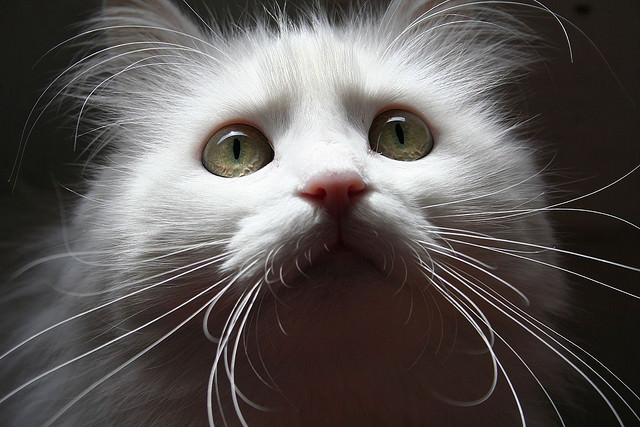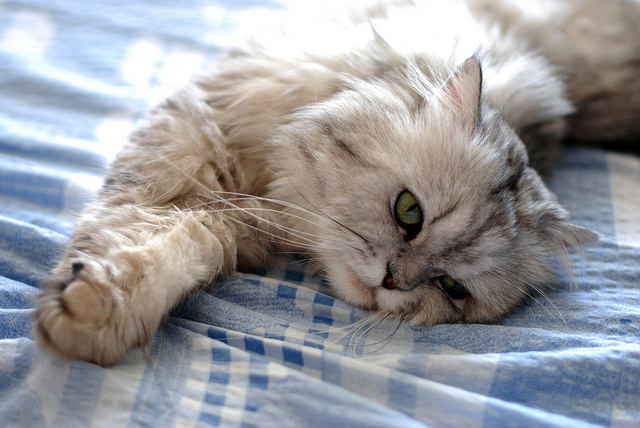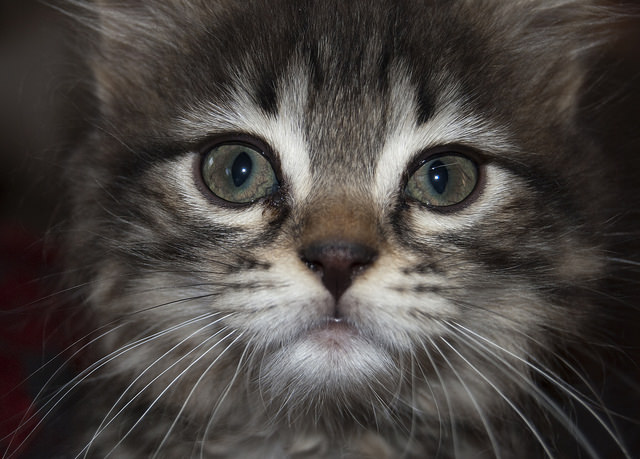Most of us don’t need any extra reasons or incentives to pet our cats. Many of us would probably even stay home from work to pet our cats if we didn’t have bills to pay. The most obvious reason we love to pet our cats is because they are soft. That’s a pretty good reason, but it turns out that there are even more benefits to petting your cat– both for her and for you!
In you rush to pet your kitty, remember that not all petting sessions are created equal. Many cats don’t like to be pet on the belly, for instance, because it can make them feel too vulnerable. Instead, stick to her chin, the base of her ears, and her cheeks– tried and true places that most cats loved to be scratched.

Image Source: Serena via Flickr.com
#1 – Communicate love
Petting is one of the best ways that you can communicate your love to your cat– there’s no mistaking what your caresses and scratches mean. And in turn, she can communicate her love through nudges and purring.

Image Source: Alessandro via Flickr.com
#2 – Reduce stress
You may have read our recent article about cats making great therapy animals. One of the reasons they make such great therapy animals is because studies have shown that petting a cat can reduce stress and anxiety, plus help lower blood pressure!

Image Source: Phil via Flickr.com
#3 – Detect fleas and ticks
When you pet your cat often you’ll be more familiar with her body and coat. That’ll help you notice if there are any creepy crawlers trying to make a meal out of your kitty. Fleas, especially, multiply fast. Noticing them quickly can help you eliminate the problem before it gets out of control.

Image Source: Andrey via Flickr.com
#4 – Detect new cuts or bumps
Petting your cat often will also help you notice changes in her body that may not be visible under her coat, like scratches, bumps, or patches of dry skin. Noticing these changes can help guide you to action– whether that’s simply keeping an eye on it or making an appointment with your veterinarian.

Image Source: Alfred Brumm via Flickr.com
#5 – Detect tenderness
Since cats are masters at hiding pain, you may not even notice that your cat’s left leg is feeling tender until you pet her and your touch elicits a flinch or whimper. Being clued into an injury can help you take the steps necessary (likely through a visit with your veterinarian) to manage her pain and get her on the road to healing.
